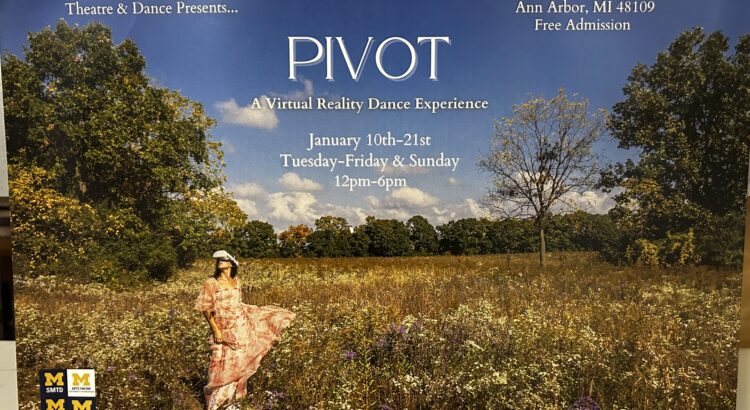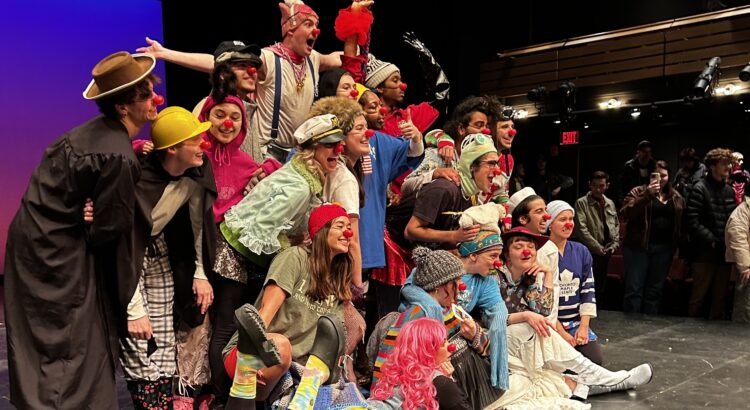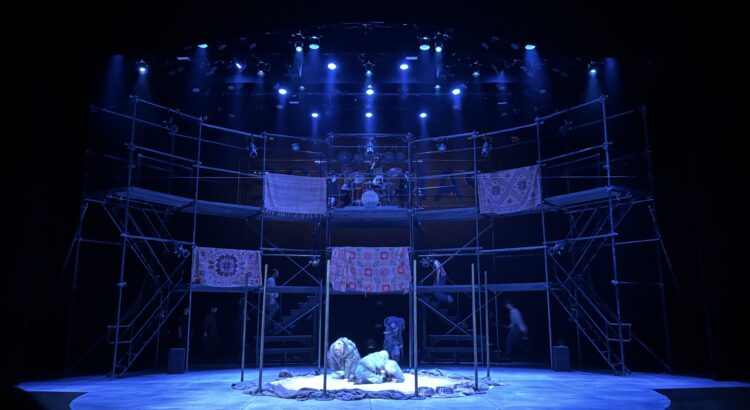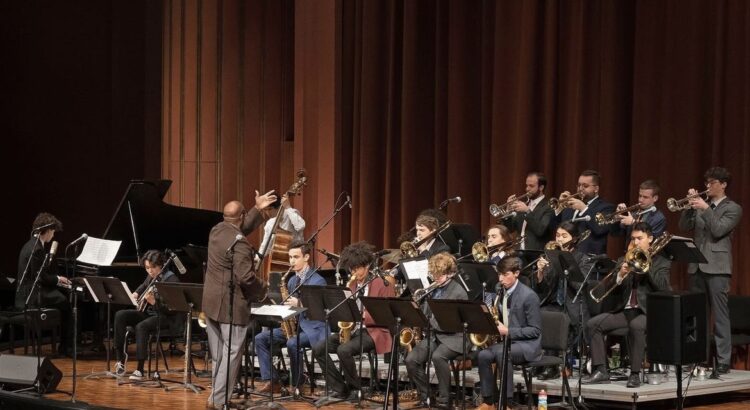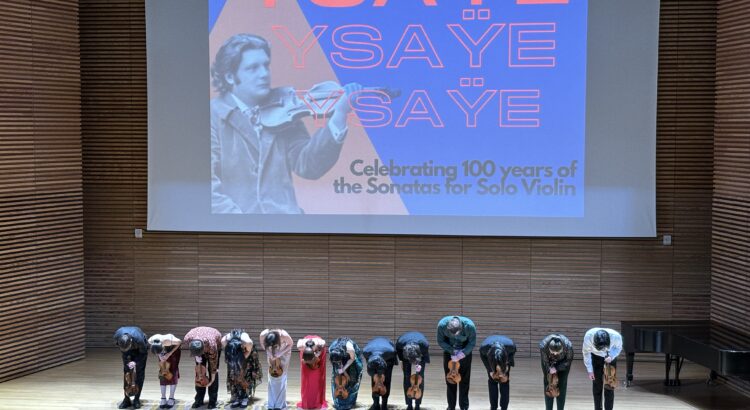The Blind Pig was accompanied by a lively and excited audience yesterday, January 14th. The Pig hosted three University of Michigan bands on their stage: VUP, Cedarbend, and The Ruckus. These bands feature many students from U-M’s School of Music, Theater, and Dance, as well as LSA along with some distinguished alumni. The turnout was solid for a chilling January evening, with approximately 75-100 people in the venue.
The sound at The Blind Pig is very hot, a shockingly loud and overwhelming space. (I would recommend earplugs.) The lustrous lighting on stage makes for great band promos and an eclectic visual scene. Sharp greens, merciless reds, and chilling purples make for an almost nostalgic college atmosphere.
Cedar Bend opened the show at 8:30. Their sound is unique, existing in an alt-folk area with an electric
 guitar and violin/trumpet combo. I loved the selection of songs and the mediation of energy. Annabella Paolucci presented a beautiful violin sound throughout the set,
guitar and violin/trumpet combo. I loved the selection of songs and the mediation of energy. Annabella Paolucci presented a beautiful violin sound throughout the set,
playing sensitively to the band’s style while staying true to the integrity of her sound. (She also makes solo music. Spoiler: it rocks). I could see this band performing in many different venues: some more intimate for their touching writing along with larger houses with support from their lead horns and violin.
VUP played second with memorable covers of catchy pop songs with groovy horn arrangements. Pianist Rowan Tucker-Meyer took pop songs beyond the limit of their confines and into a realm of creativity and complexity through improvisation. This band contains mostly jazz majors, and their feel together is unmatched. Ariana Kertsman captured the room with her powerful voice, and her interpretations of even the most difficult song selections (Stevie Wonder!!) were wholly agreeable to the audience.
The Ruckus (formerly Joe and The Ruckus—what happened to Joe???) sent the last set out with a bang. This ensemble is bright, energetic, and campy. Singer Kiran Mangrulkar is a joyful Ann Arbor spirit who joined the Ruckus for this concert. His killer voice seized the room, all along with his charming stage presence. Drummer Stephen Oduro was responsible for the infectious energy on this set—he wouldn’t let it cease for a second. The band’s ensemble was the most clear and exciting. They often play in NYC as well as Ann Arbor, so check them out on Instagram to see where they’ll be!
I highly recommend checking out these awesome local bands. Each group brings an unforgettable unique sound to the Ann Arbor music scene that will (hopefully) never be taken for granted by their close community.
Instagram handles for the bands:
@vup.band
@cedarbend.band (Also on Spotify as Cedar Bend)
@theruckuslive
Photos thanks to vup.band and cedarbend.band on Instagram.



